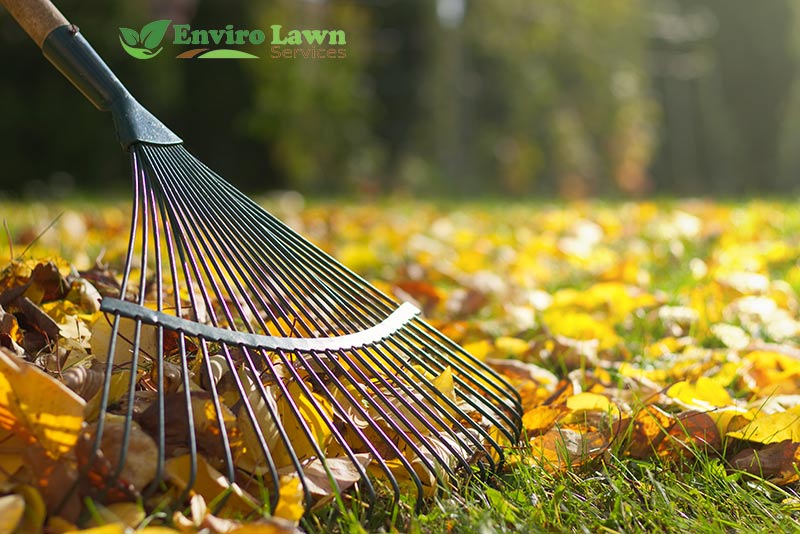
Lawn care does not stop when summer ends. To the contrary, when it comes to routine turf maintenance, the late summer to early fall months are a critical time for cool-season lawns. Here are some easy yard maintenance things you can do that will make a big difference come spring.
Cool-season lawns are a group of turf species comprised mainly of Kentucky bluegrass, tall fescue, perennial ryegrass and fine fescue. If you are a homeowner in Illinois with a lawn, more than likely it is a cool-season type. Cool-season lawns green up quickly in the spring and fall but may go dormant during the hottest part of summer.
Coming out of a hot, dry summer, cool-season lawns will be stressed and could use some tender loving care. Here are five tips to pick up your lawn as the summer fades to fall:
º Aerate -- A great way to relieve soil compaction and reduce thatch. The machine for the job is a hollow-tine aerator (aka core aerator). Aerating also will help to increase air and water infiltration, improving turf stand health, which allows grass to combat common lawn disease. Operate the core aerator a few days after a rain when the soil is still slightly damp. Core aerators cannot cut into hard, dry soil. Leave the soil cores to break down over the next few weeks.
º Overseed -- Broadcast seed into an established lawn with a seeder or by hand. Slit seeders are a great tool for overseeding into established lawns. Select a high quality seed and set seeder at the correct rate.
Bonus tip: To patch bare spots, rake up the soil surface for good seed-to-soil contact. Mix bagged topsoil with bagged compost 50/50. Combine grass seed with the soil/compost mix at a 3:1 ratio -- three scoops of soil mixed with one scoop of seed.
Apply the 3:1 mix to the bare spot; firm up the patch with your hands. Keep the area moist until germination and follow up with watering while the young grass plants develop.
º Fertilize -- Apply 1 pound of nitrogen fertilizer per 1,000 square feet. If you only do one lawn feeding a year, this should be it! Optional: Apply a late-season fertilizer called a winterizer one week after the final mowing of the season.
º Mulch your clippings and leaves -- By bagging clippings and leaves you are taking nutrients away from the soil. Ditch the bag, and return those nutrients and organic matter back to the lawn. Mulching mowers work best. Lawns, where clippings are not bagged, can go longer between fertilizer applications. Research at Michigan State University shows that shredding your fall leaves into the turf can improve lawn health.
º Perennial weed control -- This is also a great time to kill broadleaf weeds such as dandelion or creeping Charlie. At this time of year, perennial weeds are preparing for winter so they are sending carbohydrates to their roots.
Applying a systemic herbicide at this time will be more successful at killing the entire plant, above- and below-ground.
Once the weeds are dead, cool temperatures are conducive for cool season turf to fill in the bare spots.
Source: https://www.whig.com/
Enviro Lawn Services donates $50.00 in your name when you sign up for our ELS Lawn Maintenance Program. We can also do an additional 5% of total sale for any special project. You can select one of our partner organizations:
As a true community landscape contractor, we are always giving back.
Contact us for more information.